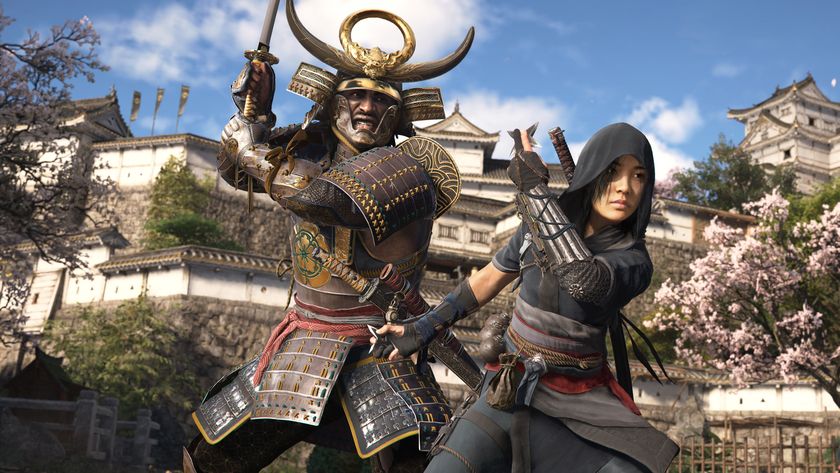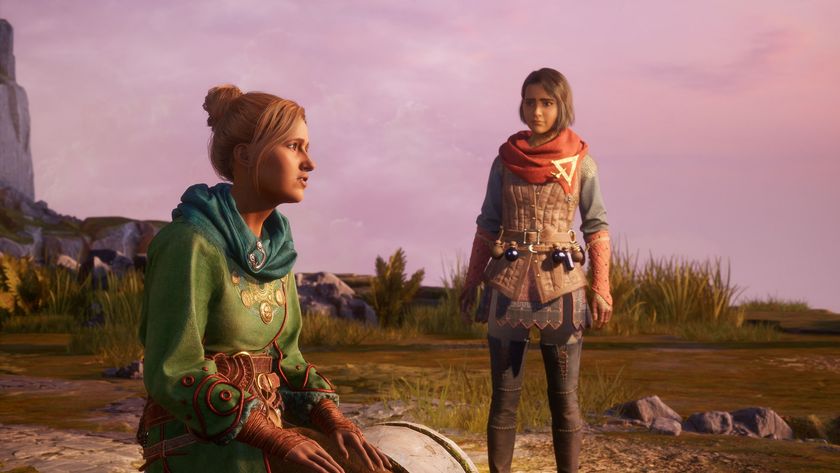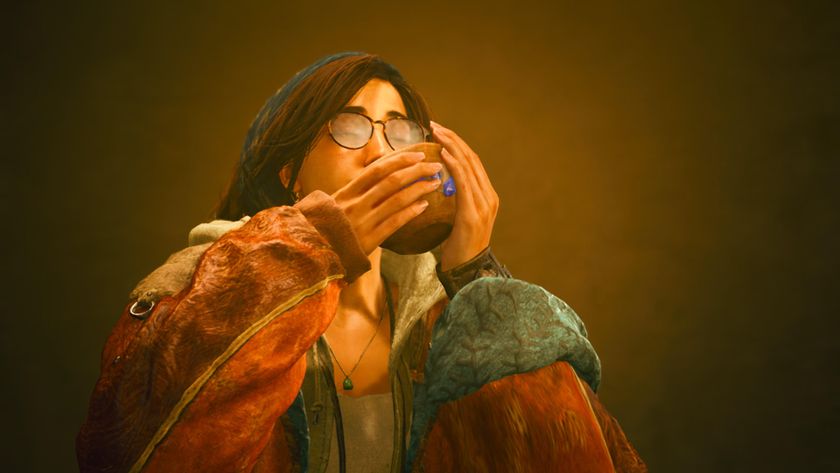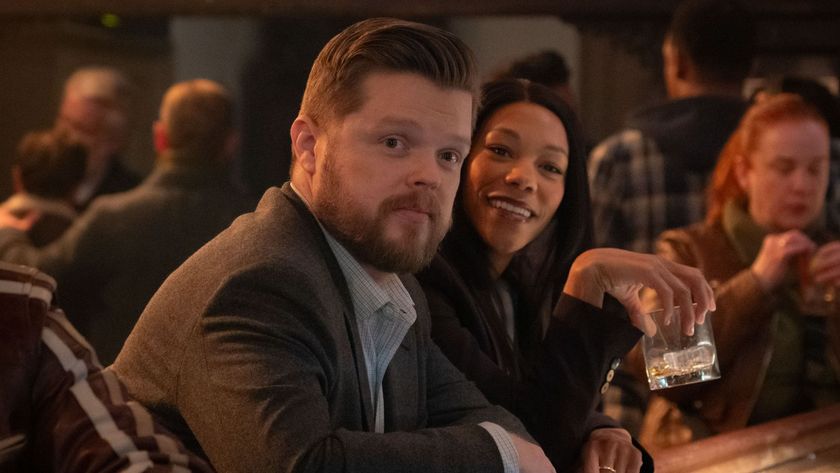Jonathan Blow interview: How to fix the adventure, innovate mainstream games and do a sequel right
We talk to the creator of Braid about his new game The Witness and... LA Noire?
Jonathan Blow is famous for a few things. Almost single-handedly designing, programming and funding the puzzle game Braid. Raising awareness for the indie development scene through lectures, columns, workshops and events. But, perhaps most of all, for having opinions and – unlike many in the industry – not being afraid to share them.
During a recent demo of Blow’s new game, The Witness (we highly recommend you read ourhands-on previewbefore continuing here), we ask for his thoughts on revitalizing a dead genre, maintaining an artistic vision despite the demands of business, innovating through the mainstream and doing a sequel right. Oh yeah, and is Braid really “pretentious”? Regardless of your opinion, you’ll want tohear his.
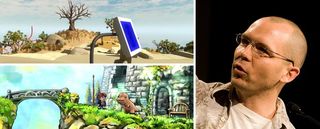
GamesRadar: You’ve said that The Witness is your attempt to modernize the adventure game, which hasn’t been evolved as well as other genres. What’s wrong and can you fix it?
Jonathan Blow: First, in a typical graphic adventure, you just start clicking around to see what you can interact with and that tends to persist through the whole game. Hunt the pixel. Second, the puzzles tend to be really arbitrary, like “Why is there a sliding tile puzzle on this safe?” or “I have to coerce the cat into coming out so I can reach into the cat box without getting bitten, so I have to get some milk?” Things like that, where you have to read the designer’s mind because they really don’t make sense.
So I started to adopt design language from other genres. If you play a platformer, for example, and there are levers you can pull, the first lever looks the same as every other lever that behaves that way. I know when I see that, I can pull it back. Maybe when I go in the jungle world, it’s got some vines on it, but there’s that concept of visual design communicating affordances – what you can do with the object.
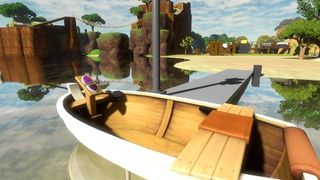
GamesRadar: How does this translate to your game?
JB: At the very beginning of The Witness, you’re stuck in this small area and you don’t know what you can interact with, but the game shows you, “Here’s what the buttons look like. Here’s what the levers look like. Here are these puzzle panels.” And then once you’re outside, that’s basically the [system of] interactivity - there isn’t a weird machine that works in a way you haven’t seen. There are new elements that come in – that system can combine with another system – but it’s built on something you already understand. It can be nonlinear and crazy and interesting because that structure is clear. Even if it’s not verbal sense, it’s intuitive sense, and that’s something I think a lot of adventure games lack.
Sign up to the 12DOVE Newsletter
Weekly digests, tales from the communities you love, and more
GamesRadar: So why The Witness? What does that title mean?
JB: It’s complicated. It has to do with the overall plot that comes to light. What is this island about? Why are there these puzzles? What was this guy doing? What was he hoping to get out of it? [The title] has to do with all that.
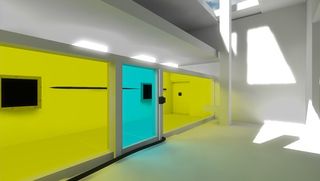
GamesRadar: The island also includes these audio diaries that sound as if they’re recorded by you, the designer, speaking directly to us, the players. That’s pretty meta – is this a game about games?
JB: I might be incapable of making games that are not about games. It’s not only a game about games - a lot of subjects come up that are interesting in their own right. But some parts of Braid were a commentary on platforming and puzzles, and this game may be less subtle than Braid because of what’s happening in the story. What I wanted it to be was not fake. I wanted the story to be open and direct and speaking very plainly, and that naturally lends itself to talking about what the game is about.
GamesRadar: Speaking of Braid, when that first released you said you didn’t want to spend “another three years” on your next game. Indie development is supposed to be shorter…
JB: And then I turned around and did that! Yes, I’m still trying to figure out how to do it shorter. This time, however, we built a game that is a lot bigger and more complex than Braid, even just going by play time. Braid is, depending on how fast you are at the puzzles, between four and six hours. The Witness is - and this is not a promise, because we’re still changing it - possibly 10 to 15 hours if you’re a completionist. And every single puzzle brings something unique. This game’s a little looser than Braid - it’s more sprawling and open - but there’s no filler. So if it’s about 10 hours, it’s 10 hours of unique ideas.
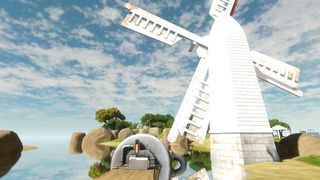
GamesRadar: Was going from the 2D side scrolling of Braid to the 3D open world of The Witness a challenge?
JB: It’s just a lot more work to make anything happen in 3D. That’s one of the reasons why I was so tentative about making this game, why I ended up prototyping some other stuff. My assumption was that I was going do a 2D game again, but I was way more excited about this than the other things, so I knew that I was going to have to take the pain and I knew that it was going to be very expensive. We’ve got three people full time right now, including me. We’re hiring two more to go into production. Actually, that’s been another challenge. Because there are more people involved, keeping it a game that has artistic unity - it can certainly be done, but you have to be vigilant.
Next page: Jonathan Blow on LA Noire, sequels and whether his last game, Braid, is “pretentious”
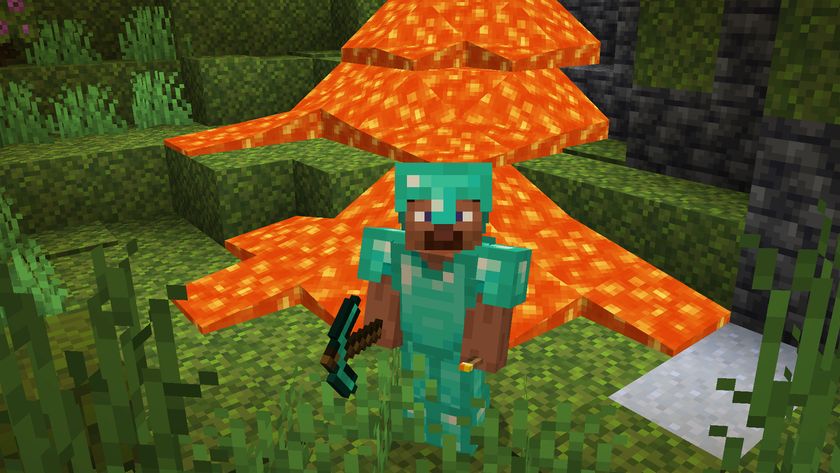
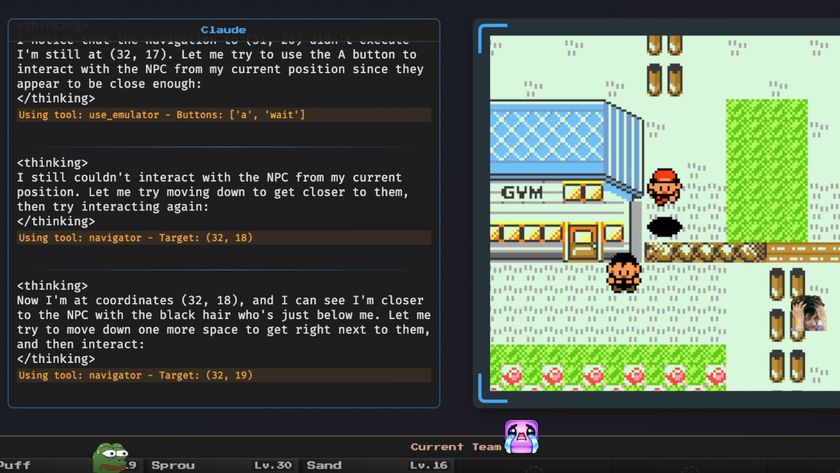
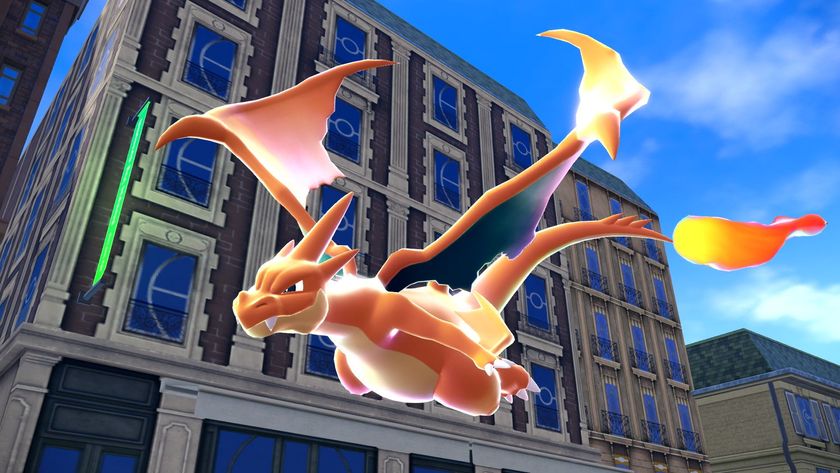
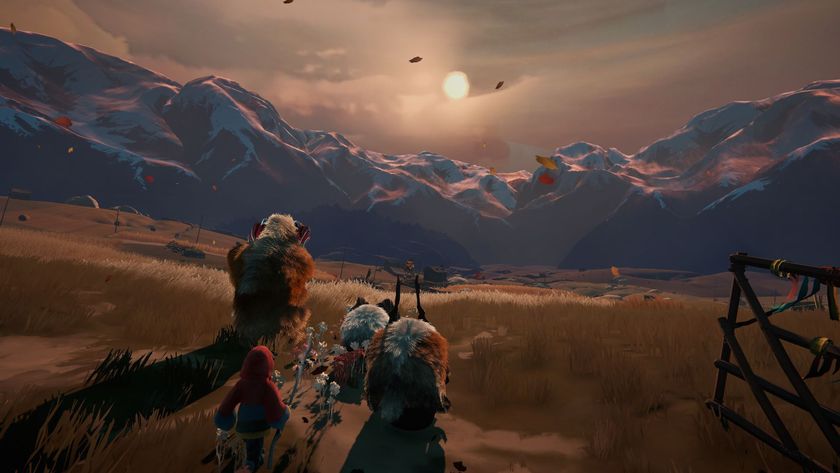
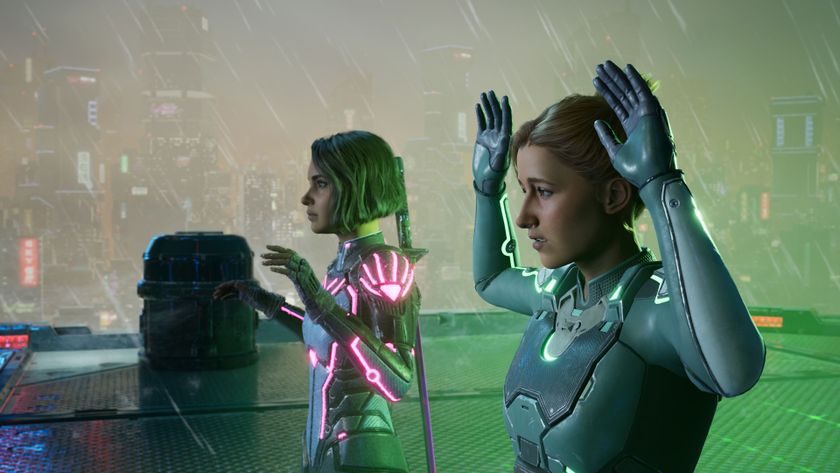
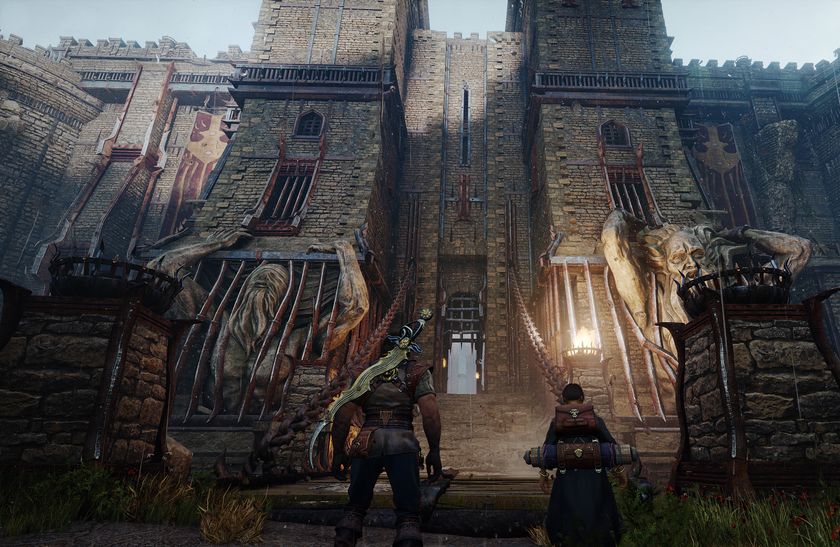
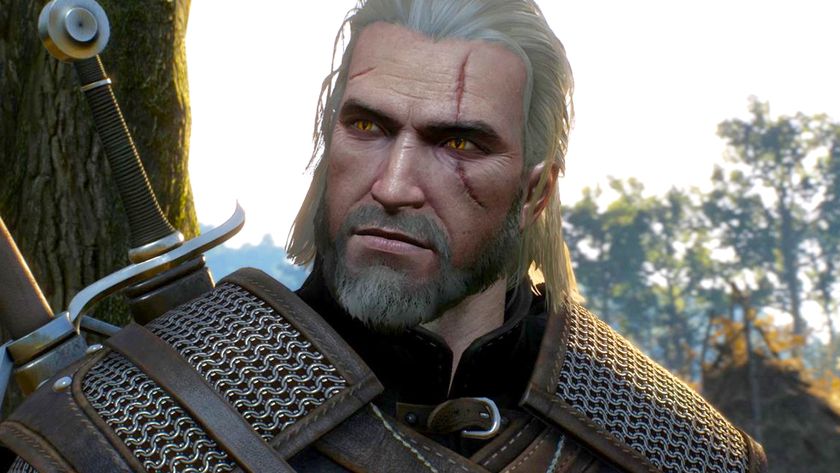
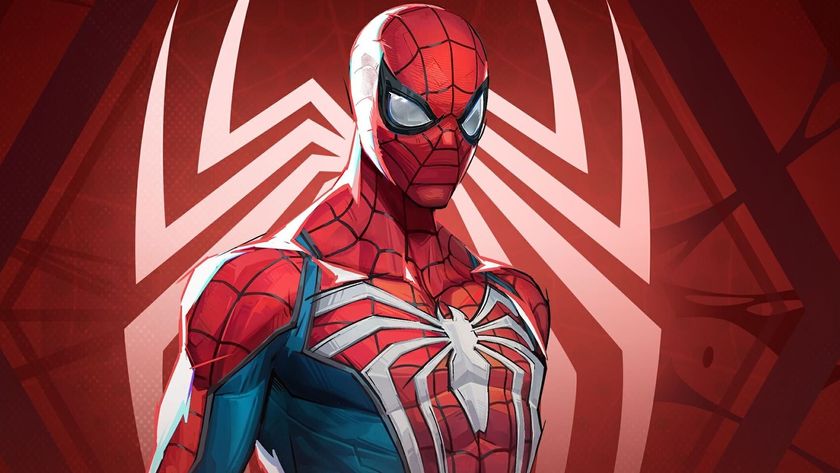
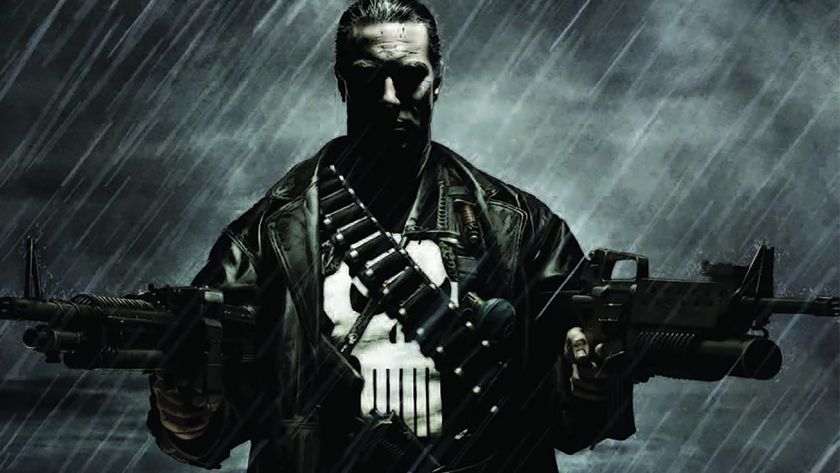
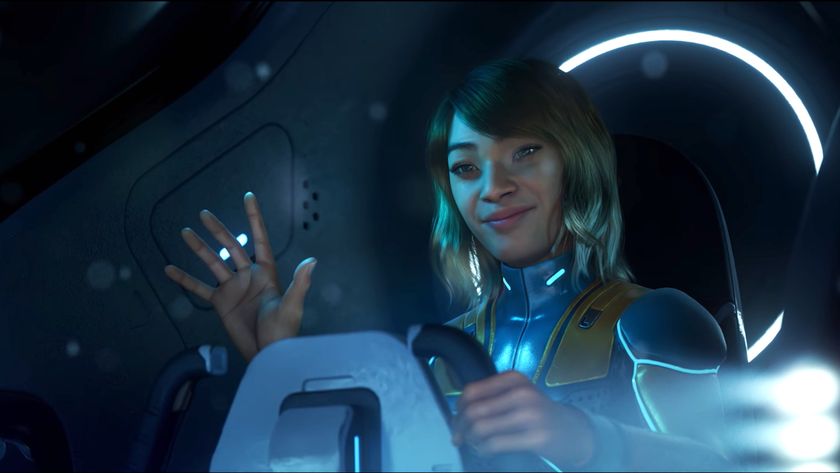
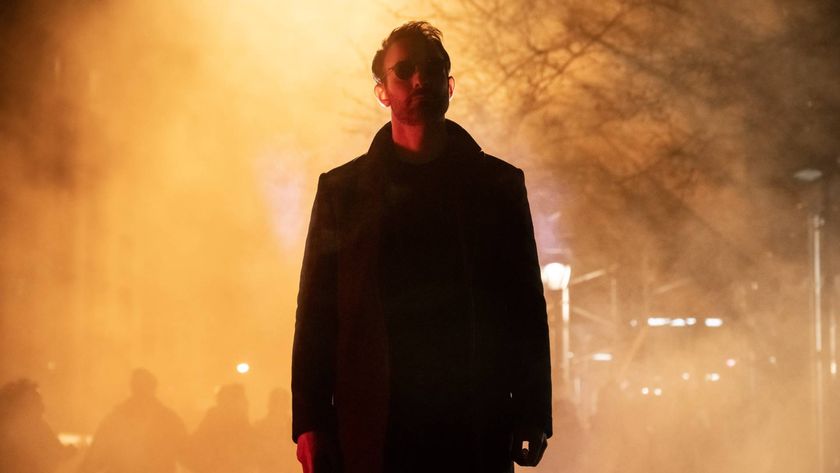
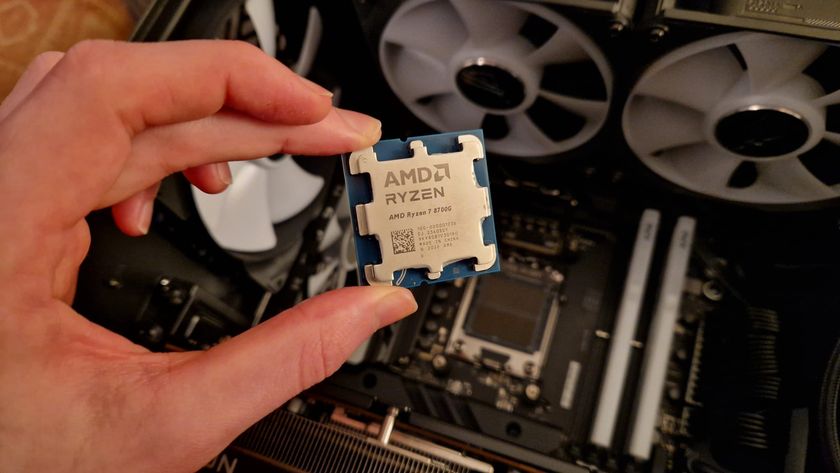

Minecraft Pocket Edition got its name because one of its devs was a big "Nintendo nerd" who wanted to pay homage to the Game Boy Pocket

An AI's mission to 'teach' itself Pokemon Red is going as well as you think - after escaping Cerulean City after tens of hours, it went right on back

